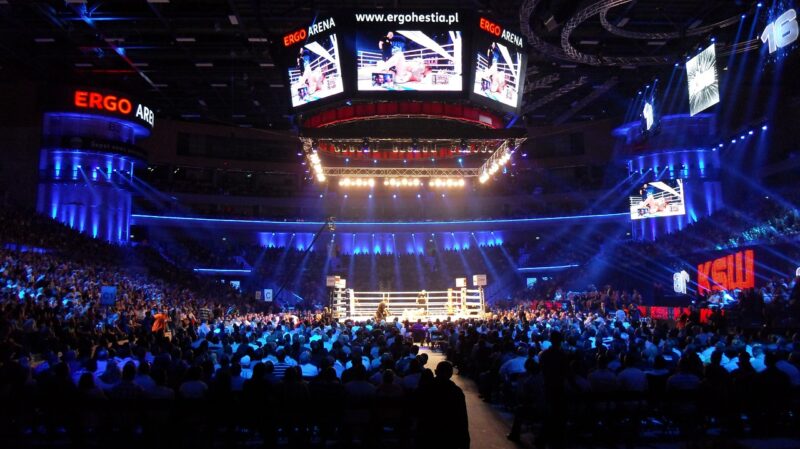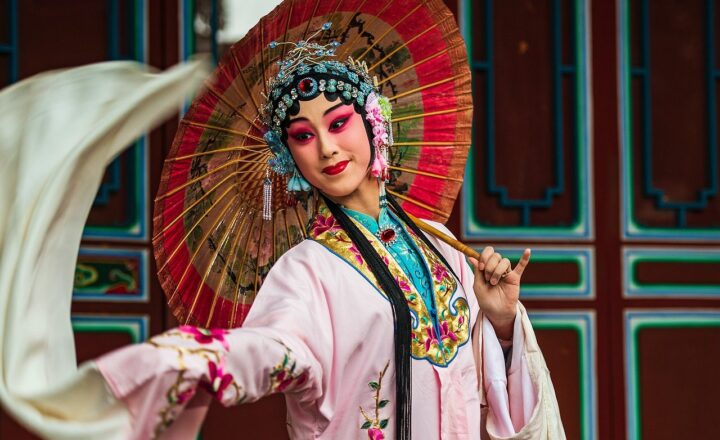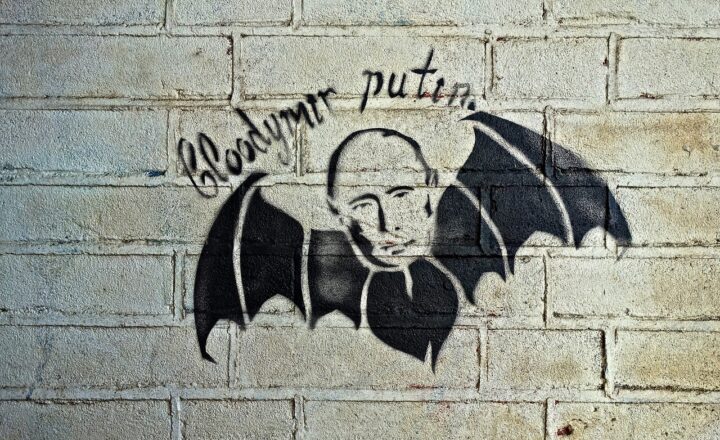The Wild World of 90s Wrestling: How WWF Became a Pop Culture Phenomenon
November 12, 2024

The 1990s was a transformative decade for professional wrestling, and nowhere was this more evident than in the rise of World Wrestling Federation (WWF). Not only did WWF elevate wrestling to an exhilarating form of entertainment, it also productively infiltrated pop culture, captivating millions and creating lasting impressions across various media platforms. This article will delve into the factors that propelled WWF into the limelight, examining its memorable characters, groundbreaking storylines, and the unfiltered spectacle that defined wrestling in the 90s.
1. The Golden Age of Wrestling: Context & Background
Wrestling had existed as a sporting event for decades, but the late 1980s and early 90s ushered in a new golden age. The WWF, under the direction of Vince McMahon, transitioned from traditional wrestling matches to a spectacle of larger-than-life characters and storylines.
The excitement of this era was marked by:
- Celebrity Involvement: Superstar appearances like Cyndi Lauper and Muhammad Ali elevated the credibility and visibility of wrestling, bringing new fans to the sport.
- The Expansion of Pay-Per-View Events: Events like WrestleMania became cultural milestones, drawing massive audiences and creating a dedicated fan base that tuned in regularly.
- Nostalgia and Connection: The wrestlers became icons for a generation, leading fans to develop emotional ties to their favorite characters and storylines, blurring the lines between reality and fiction.
As a result, wrestling entered mainstream consciousness, profoundly influencing other entertainment forms, including movies and music.
2. Iconic Characters That Defined the Decade
One of the most compelling aspects of 90s WWF was its larger-than-life characters. The personalities that graced the ring captured the imagination of fans across demographics:
- Hulk Hogan: The quintessential hero, he led the charge in the late 80s to early 90s, embodying Americana and serving as an idol for children. His signature catchphrases and positive spirit made him a household name.
- Stone Cold Steve Austin: Austin revolutionized wrestling with his anti-establishment persona and catchphrase, “Austin 3:16.” His portrayal of the rebellious, beer-drinking anti-hero resonated with fans and cemented his legacy as one of the greatest of all time.
- The Rock: Dwayne ‘The Rock’ Johnson, with his electrifying charisma and quotable catchphrases, was pivotal in bridging the worlds of wrestling and entertainment. His transition to Hollywood can be traced back to the massive popularity gained during this time.
- The Undertaker: A gothic figure enveloped in mystique, The Undertaker became emblematic of the supernatural elements that enriched wrestling narratives, embodying the powerful extremes of hero and villain roles throughout his career.
- Triple H and DX: The rebellious faction of D-Generation X introduced edgier content, pushing boundaries and appealing to a more youthful audience dissatisfied with the traditional wrestling narratives of the past.
These characters weren’t simply wrestlers; they became cultural icons, contributing to the awareness and fascination surrounding the WWF brand.
3. Storylines That Engaged Fans
The 90s were defined by compelling storylines that captivated audiences week after week. Key examples included:
- The Monday Night Wars: WWE’s competition with World Championship Wrestling (WCW) led to an explosion of creativity, culminating in the famous ‘Monday Night Raw’ vs. ‘Nitro’ battle that would drive up ratings and innovations in wrestling entertainment.
- The Attitude Era: This period marked a shift toward grittier, more adult-oriented content. The incorporation of blood, defiance, and provocative themes drew in fans who craved authenticity and intensity in storylines, embodied by narratives like the feud between Austin and Vince McMahon.
- Celebrity Storylines: Appearances by sports and pop culture personalities injected excitement into storylines, such as Mike Tyson’s involvement in WrestleMania and his on-screen relationship with Austin and DX.
- Joining Forces and Betrayals: Wrestler alliances like The Nation of Domination or the betrayals like that of Shawn Michaels turning on his allies amplified drama and intrigue, keeping audiences glued to their screens.
These dynamic storylines where characters grappled with rivalries, friendships, and complex emotions resonated strongly with audiences, fostering a deep emotional investment in the narratives.
4. Cultural Phenomenon: The Impact Beyond the Ring
WWF’s influence extended beyond television ratings. The promotion impacted music, television, film, and even mainstream conversations:
- Merchandise Explosion: Action figures, video games, and apparel featuring WWF superstars sold like hotcakes, expanding wrestling’s profile into new markets and demographics. Familiarity with wrestlers increased through merchandise that fans could buy and wear with pride.
- Television & Film Appearances: Many WWF stars transitioned to film and television, amplifying exposure. The Rock and John Cena, for example, gained massive popularity as actors after their in-ring careers—forging familial connections between wrestling and Hollywood.
- Pop Culture References: The impact on other media was profound, featuring references in sitcoms, movies, and music, thus integrating itself into the fabric of popular culture—television shows like “The Simpsons” often poked fun at or featured wrestling episodes, benefitting both the WWE brand and the shows’ viewership.
- Community & Connection: Wrestling created a unique sense of community among fans, leading to local gatherings and discussions, and resonating strongly with diverse demographics. Families gathered around to watch events, creating cherished memories that transcended generations.
The 90s were revolutionary, with WWF at the heart of this seismic change in how wrestling was consumed, celebrated, and understood.
5. The Future of WWF and Legacy
While the decade came to an end, the legacy of 90s WWF continues to shape wrestling today. From the blueprint set forth by characters and storylines, the era proved that wrestling could transcend itself, evolving into a multifaceted genre of pop culture. Today’s wrestlers build off the groundwork laid in the ‘90s, celebrating the craftsmanship and promotion of the sport that became a global phenomenon.
The significant evolution in how wrestling is produced and perceived today can be traced back to:
- Expanded Media Strategies: The digital age brought about a plethora of content over various platforms (streaming, social media), allowing wrestling promotions to reach audiences like never before.
- Diversity of Talent: The rise of women’s wrestling and an emphasis on diverse talent creates a more inclusive environment that celebrates all kinds of characters, wrestling styles, and narratives.
- Emphasis on Storytelling: Modern wrestling continues to leverage intricate storytelling combined with athletic performance, combining the best elements that made the 90s so memorable, ensuring its revival in current pop culture.
In conclusion, WWF’s explosive rise during the 90s created a cultural phenomenon that illustrated the immense power wrestling held over pop culture. Wrestlers became heroes and villains, storylines captivated millions, and relationships among fans were solidified through their shared passion. The wild world of 90s wrestling not only entertained a generation but laid the foundations for the future of professional wrestling as we know it today.
Conclusion: A Legacy Still Alive
As we look back on the incredible impact of WWF in the 90s, we celebrate how this period rejuvenated the wrestling landscape and bridged connections that still resonate today. While new wrestlers continue to push creative limits, the wild experience of 90s wrestling will forever hold a cherished place in the hearts of fans, representing not just a sport but a captivating cultural movement that reshaped entertainment.







